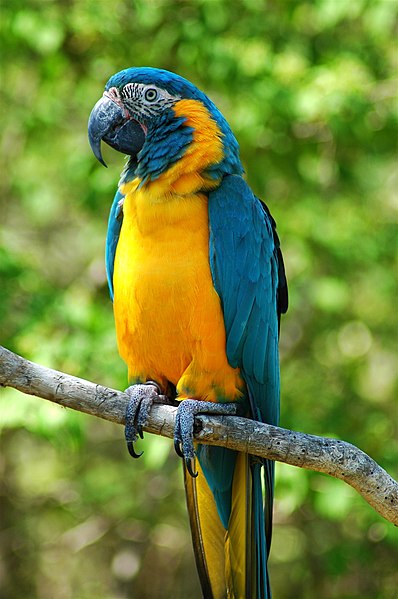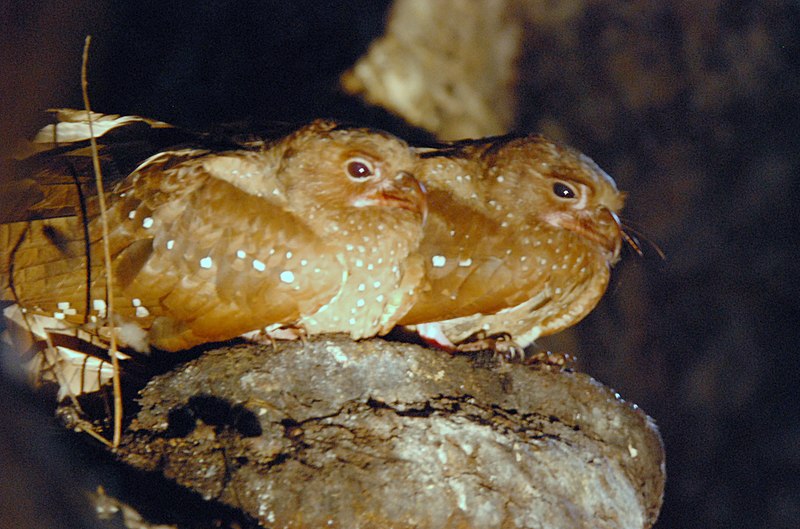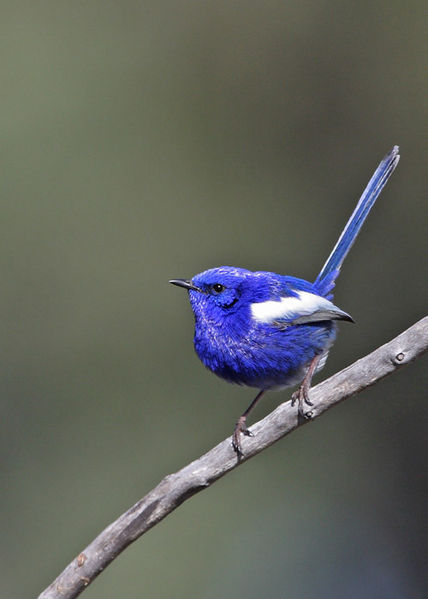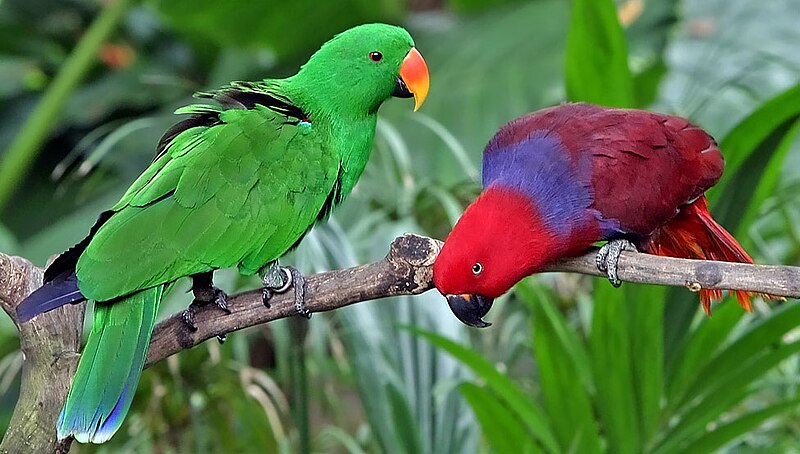 Parrot conservation news has been somewhat dismal lately (please see here for some examples), so today I’d like to highlight a bright spot. Surveys have shown that Bolivia’s Barba Azul Reserve supports a breeding population of Blue-Throated Macaws (Ara glaucogularis), a species so rare that it was believed extinct until its “re-discovery” in 1992. Maned Wolves, Orinoco Geese, Bush Dogs, Pampas Deer and other rare animals are also making themselves at home in the reserve’s 12,300 acres.
Parrot conservation news has been somewhat dismal lately (please see here for some examples), so today I’d like to highlight a bright spot. Surveys have shown that Bolivia’s Barba Azul Reserve supports a breeding population of Blue-Throated Macaws (Ara glaucogularis), a species so rare that it was believed extinct until its “re-discovery” in 1992. Maned Wolves, Orinoco Geese, Bush Dogs, Pampas Deer and other rare animals are also making themselves at home in the reserve’s 12,300 acres.
Wildlife Oasis amid Ranches
Managed by the World Land Trust, Barba Azul Reserve is comprised of tropical savannas, “forest islands” and marshes. I had the good fortune to work in a similar area inVenezuela, and can attest to the incredible diversity of wildlife that such habitats support. As was true for protected areas in Venezuela, Barba Azul is surrounded by huge cattle ranches. Read More »
 That Bird Blog – Bird Care and History for Pet Birds
That Bird Blog – Bird Care and History for Pet Birds




